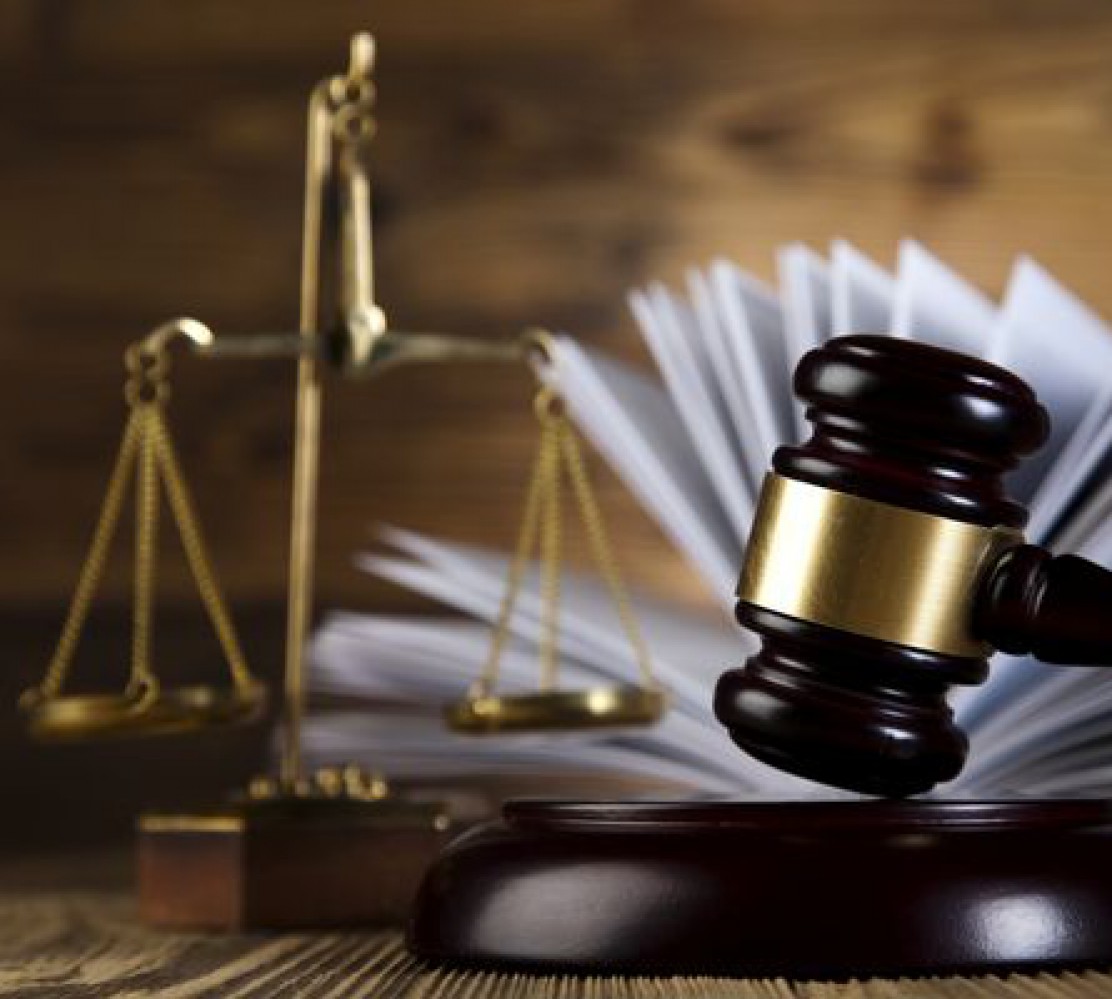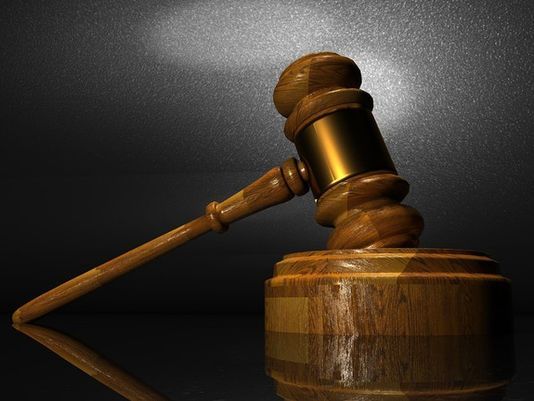Source : Apparel News
By : Andrew Asch
Category : Bail Bond Sanford , Sanford Bail Bond
The fashion business might become more litigious, thanks to a recent Supreme Court decision, according to a discussion about the court’s decision at law firm Freeman Freeman & Smiley LLP in Los Angeles’ Century City district. The Supreme Court made a decision March 22 on the case Star Athletica L.L.C. v. Varsity Brands Inc. At issue in the case was whether Varsity Brands could copyright an element of a cheerleading uniform such as a chevron or a stripe. The court voted 6–2 in favor of Varsity Brands, a Memphis, Tenn.–headquartered company that is the dominant manufacturer of cheerleading uniforms. It had sales of $1.2 billion in 2014, according to a statement from company owners Charlesbank Capital Partners.
On the day of the decision, Varsity Brands Chairman and Founder Jeff Webb said that the court ruling was a vindication for designers. “We were honored to serve as advocates and fighters for the basic idea that designers everywhere can create excellent work and make investments in their future without fear of having it stolen or copied,” Webb said in a statement. The Council of Fashion Designers of America wrote an amicus brief supporting Varsity Brands’ case. Todd M. Lander, an intellectual-property litigator with Freeman Freeman & Smiley, said that the decision would set the tone for fashion copyright for years. “I don’t see in the ensuing few years any real movement in the courts to restrict protection in textile designs,” he said during a March 23 discussion of the case at Freeman Freeman & Smiley’s office, which offers a panoramic view of West Los Angeles stretching to downtown. “If you are a manufacturer, you should assume that designs are protected irrespective of how generic or ubiquitous you believe designs are in the marketplace. If you lend money to manufacturers, this has become a cost of business. This will be part of the apparel industry for the foreseeable future.”
Lander said that litigation over textile copyright has dramatically increased in the past 15 years. Robert Ezra, head of Freeman Freeman & Smiley’s Fashion Law department, said that the recent decision might result in an uptick of copyright litigation. “Copyright protection has been expanded,” Ezra said. “The more rights a holder has, the more likelihood that there is a violation of those rights.”
During the case, lawyers for Star Athletica, a St. Louis–area company that also makes cheerleader uniforms, argued that design details such as chevrons, zigzags and stripes could not be separated from cheerleading uniforms. These details have no separate identities and cannot be protected by copyright. If details are taken away, the cheerleading uniform would be nothing but a dress, Star Athletica’s attorneys said. According to federal law, details from a garment must be recognizable by themselves, or must be able to stand alone from the garment, in order to be considered worthy of a copyright. While Star Athletica said that stripes, chevrons and other details on cheerleader uniforms were generic and could not be protected by copyright, Varsity Brands’ lawyers argued stripes, chevrons and other markings defined and created points of difference between cheerleading uniforms. Take the details away, a cheerleading uniform could be identified as a cheerleading uniform. Other manufacturers could make a garment with the same cheerleader’s silhouette and have it be identified as a cheerleader’s uniform. But companies such as Varsity Brands can copyright art details and protect them, Varsity Brands’ lawyers contended. Justice Clarence Thomas wrote the opinion of the court. “Just as two-dimensional fine art correlates to the shape of the canvas on which it is painted, two-dimensional applied art correlates to the contours of the article on which it is applied. The only feature of respondents’ cheerleading uniform eligible for a copyright is the two-dimensional applied art on the surface of the uniforms,” Thomas wrote. Justices Anthony Kennedy and Stephen Breyer dissented from the opinion.
Ilse Metchek, president of the Los Angeles–based California Fashion Association, said that the ruling strengthens current law and reinforces the value of a copyright. “You cannot copyright the shape and pattern work of a garment,” she said, adding that the new ruling doesn’t deviate from existing copyright law, which protects original artwork. “It reestablishes the principle that art is protectable.” Companies looking to protect themselves from litigation might design their own prints, Freeman Freeman & Smiley’s Ezra said. A company could also confirm that fabric suppliers own the prints they sell and possess registration for them. If a company is willing to secure those working with the print against legal responsibility, the company has confidence in using the product.“There is a lot of clip art that is not copyrighted,” Ezra said. “If you need a tulip, go find a tulip in clip art. There are a lot of clip-art designs in the public domain.”
Read more here: apparelnews.net/news/2017/mar/30/us-supreme-court-strengthens-fashion-copyright/




















